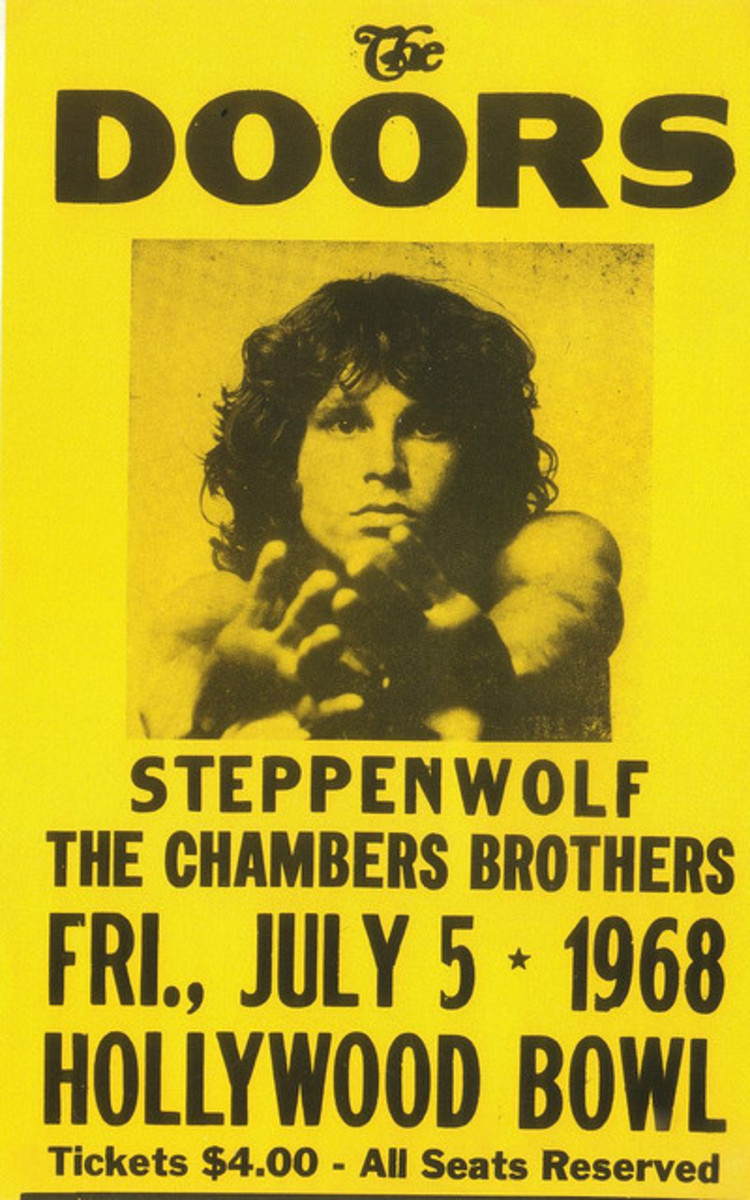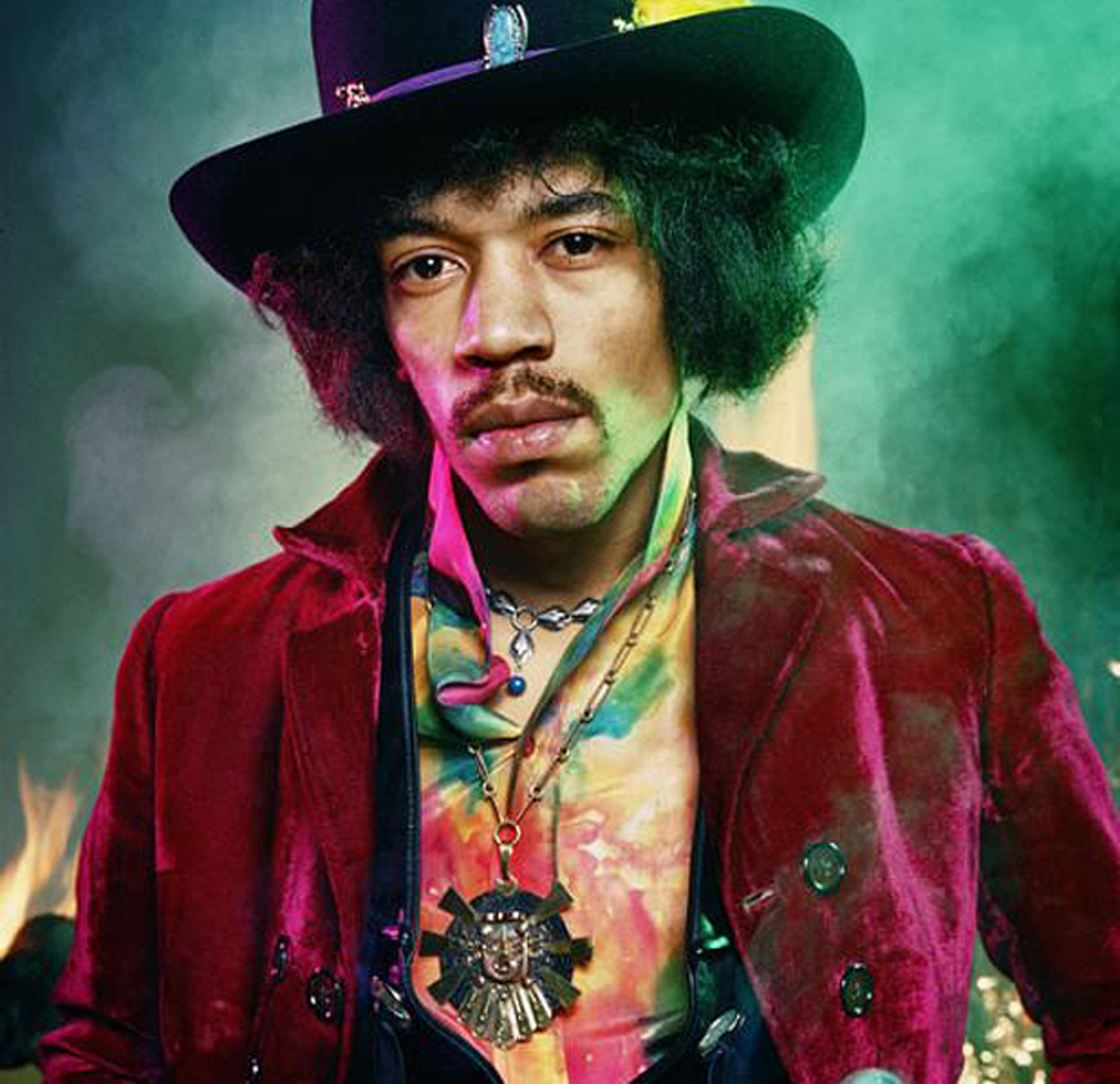Forever 27 Club
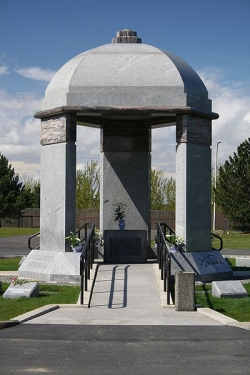
What IS The Forever 27 Club?
The Forever 27 Club is a club for a group of influential rock music artists who died at the age of 27. Some of the most famous people in the Forever 27 Club are Jimi Hendrix, Jim Morrison, Janis Joplin, Brian Jones and now, Amy Winehouse. May they all rest in peace.
The Forever 27 Club was something I learned about growing up. I couldn't exactly tell you when I knew the meaning of it. There were a lot of musicians in the rock and roll industry dropping like flies from suspected drug overdoses. Psychedelic drugs, Heroin and marijuana were the drugs of choice, back in the day.
Doing my research on Jimi Hendrix, led me to a realization I didn't know, there are rumors that these deaths were not overdoses but murder cover ups! With Jimi I realized that maybe, maybe his Manager was paid off, later being set up for the murder or was Jimi really worth more dead? Of course we'll never know, but it would be nice just to know the truth. Our Government today in 2016, is just as shady and so was that election!
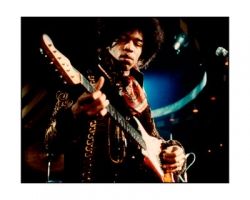
Jimi Hendrix
Was It Murder?
Until I started researching this lens, I was totally unaware of the "unusual" circumstances surrounding the death of Jimi Hendrix. Some research suggests that he died of an overdose of sleeping pills and red wine. Seriously? It wasn't from Heroin or LSD or any other of the many "psychedelic drugs" so many rock and roll entertainers had died from during this era?
I've had many requests asking if Jimi Hendrix was just tired of living, so he decided to die. I suppose people get tired of living and end their lives, but did Jimi?
During the 1960s, drug overdosing was out of control. It was the reason given for almost everyone that died. It was reported that "psychedelic drugs" or "mind altering drugs" were the cause. It was the constant "norm" for deaths of serious rock and roll entertainers back then, those hippies could get a little out of control with the partying for sure.
Oh, it would have been so easy to cover up a murder back then, everyone was doing psychedelic drugs and many "died from overdoses" but did they really? It could be something different, right?
Other research suggests the circumstances surrounding his death are "Plausible".
Plausible: apparent reason or valid truth, arguable, can be supported by argument as believable; credible
A conspiracy is defined as an agreement between two or more people to commit a crime, fraud, or other wrongful act.
Conspiracy theory is different. A conspiracy theory states that a small group of international elites control and manipulate governments, industry and media organizations worldwide and conceal information from public knowledge.
Jimi Hendrix died on September 18, 1970. It is rumored that Jimi Hendrix was murdered. Were the sleeping pills and red wine a cover up of a conspiracy?
At St. Mary Abbots Hospital the report was, "that the patient seemed to have "drowned" in his own vomit and there were large amounts of red wine in Jimi's lungs and hair. His hair?
Bannister was the on-call registrar at St. Mary Abbots Hospital the day Jimi Hendrix died and is now backing up the roadie's theory, saying it: sounded plausible because the volume of wine" found in Hendrix's lungs, hair and on his body.
Bannister said "We worked very hard for about half an hour but there was no response at all. It was an exercise in futility."
"The amount of wine that was all over him was just extraordinary. Not only was it saturated right through his hair and shirt but his lungs and stomach were absolutely full of wine," he said. "I have never seen so much wine." We had a sucker tube down his trachea, the entrance to his lungs and to the whole of the back of his throat.
"We kept sucking him out and it kept surging and surging. He had already vomited up masses of red wine and I would have thought there was half a bottle of wine in his hair. He had really drowned in a massive amount of red wine."
The account fits with one given by James Wright, a 65-year-old former road manager who worked for Hendrix's manager Mike Jeffrey.
Wright has claimed taking out a $2m life insurance policy on the star amid concerns about his increased drug-taking, and that he told him Hendrix was "worth more to him dead than alive".
He alleges that Jeffrey confessed to him that he had ordered the killing a month before his death in a plane crash. With the manager and the girlfriend dead, there is no one left to give us any new information. Were they both "murdered" too?
Wright's version is that Hendrix was killed on the orders of Jeffrey, by a gang who broke into his hotel room, forcing wine down his throat until he drowned. Jimi had ingested the sleeping pills already and was so relaxed, explaining why there was so much wine in his lungs and hair. Sounds like it was poured down his throat and not by himself.
For more information on Jimi Hendrix please visit Jimi Hendrix
Overdose, Murder or Conspiracy? - Questions Galore!
There are a LOT of questions regarding the deaths of these 27 year people. Will we ever know the truth? With Scientists and DNA specialists, along with their updated technology, it's to bad we couldn't find out more. With Jimi Hendrix and Jim Morrison, I feel both could have been murdered. Are the facts, really the facts, as we know them?
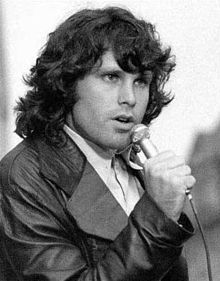
Jim Morrison
Forever 27
Jim Morrison died at the age of 27, July 3, 1971, drowning in his bathtub in his apartment in Paris. The only people who saw the body were emergency medical personnel and Dr. Max Vassile, only saying that Morrison died of "natural causes" listed as heart failure, which is why there was no autopsy performed.
Supposedly, Jim Morrison died on the bathroom floor of a Paris nightclub and that singer, Marianne Faithful, was sworn to secrecy and not to talk about the events that lead to his overdosing of heroin. Jim Morrison never did heroin and had an intense dislike for drugs and needles. What did Marianne Faithful see exactly? More on that at the link listed below.
So why would he begin taking heroin in Paris, France? And if he did overdose why are mysterious people like this singer sworn to secrecy about the events that night which led to his death? Wouldn't these events have come out into the mainstream press several weeks later? So what really did happened to James Douglas Morrison?
He talks about his dislike for drugs with Lizzie James in a 1970 interview. We are supposed to believe he died of a drug overdose which caused heart failure. But his personal physician, Dr. Derwin gave him a complete physical before he left for France and said to the press, "Jim was in excellent health before leaving to Paris."
"We walked down to the Garden Spot on La Cienega for dinner. I told him stories I'd heard of his acid escapades, and he laughed and said, 'I'm not interested in drugs,and lifted his martini glass towards me, rotating it slightly with a smile that said that this was the 'Crystal Ship.' Another time I offered him some speed, pot and once or twice some very superior downers, and he declined always, once with a derisive shake of his head saying, 'I don't need any pills.'
His long time girlfriend, Pamela Courson who died two years and nine months later after Jim Morrison's death on April 25, 1974 of a heroin overdose, just like Jimi's girlfriend Monika Dannemann. How many rock stars and the people that loved them during the 1960s and 1970s died of a "heroin overdose" or other strange deaths?
On the flip side?
Why did Jim Morrison, legendary lead singer of The Doors, suddenly collapse and die in his Paris apartment, aged only 27? The official death certificate states he died in the bathtub of "natural causes". But now, in an exclusive interview with The Mail on Sunday, a former close friend of the singer says he knows the truth.
According to Sam Bernett, The shocking truth from The Mail Death of Jim Morrison
Overdose? - Maybe something different?
Well, let's hear it! Interested to know what readers are thinking and feeling about some of this stuff. Please leave your comments and everyone can join this discussion. Obviously we will never know the answer either way but it is worth discussing.
A lot of musicians and artists died from drug overdoses. It seemed like every time you turned around someone else had died,
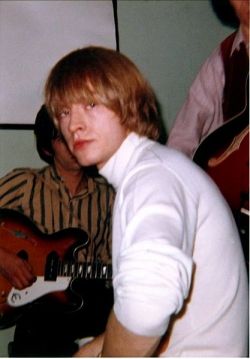
Brian Jones
Another Strange Death
Golden Stone: The Untold Life and Tragic Death of Brian Jones
As tensions and Jones's substance abuse increased, his music became sporadic and he was increasingly absent from recording sessions. In the promotional film for "We Love You", made in July 1967, he appears groggy. However, Jones maintained close relationships with many performing artists outside of the Stones camp, including Bob Dylan, George Harrison, Paul McCartney, John Lennon, Jimi Hendrix, Noel Redding, Steve Winwood among others.
In March 1967, Brian's girlfriend of two years, left him for Richards when Jones was hospitalized during a trip the three made to Morocco, further damaging the already strained relations between Jones and Richards.
It was clear Jones was not long for the group. Where once he played multiple instruments on many tracks, now he played only minor roles on a few pieces. Jones's last formal appearance was in the December 1968 The Rolling Stones Rock and Roll Circus, a part concert, part circus-act film organized by the band. It went unreleased for 25 years because Jagger was unhappy with the band's performance compared to others in the film, such as Jethro Tull, The Who, and Taj Mahal.[citation needed] In the DVD release of the film Jones's playing is inaudible except during "Jumpin' Jack Flash", "Sympathy For The Devil", and "No Expectations". Commentary included as bonus material indicated that almost everyone at the concert sensed that the end of Jones's time with the Rolling Stones was near, and Roger Daltrey and Pete Townshend of The Who thought it would be Jones's last live musical performance.
Departure from the band Jones was arrested a second time on 21 May 1968, for possession of cannabis, which Jones said had been left by previous tenants of the flat. He was facing a long jail sentence if found guilty, owing to his probation. Wyman commented, "The fact that the police had secured a warrant with no evidence showed the arrest was part of a carefully orchestrated plan.
Jones's legal troubles, estrangement from band mates, substance abuse and mood swings became too much of an obstacle to actively participate in the band. The Rolling Stones wanted to tour the United States in 1969 for the first time in three years, but Jones was not in fit condition to tour and his second arrest exacerbated problems with acquiring a US work visa.
The Stones decided that following the release of the Let it Bleed album (scheduled for a July 1969 release in the US), they would start a North American tour in November 1969. However, the Stones management was informed that because of his drug convictions, Jones would not receive a work permit. At the suggestion of pianist and road manager Ian Stewart, the Stones decided to add a new guitarist, and on 8 June 1969, Jones was visited by Mick Jagger, Keith Richards, and Charlie Watts, and was told that the group he had formed would continue without him.
At around midnight on the night of 2-3 July 1969, Jones was discovered motionless at the bottom of his swimming pool.
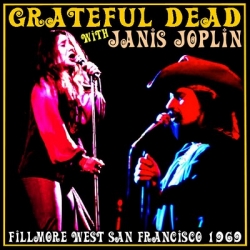
Janis Joplin
The Queen of Rock and Roll
Going Down With Janis, Janis Joplin's Intimate Story
Janis Joplin was The Queen of Rock and Roll and The Queen of Psychedelic Soul. Rolling Stone magazine ranked Joplin number 46 on its list of the 100 Greatest Artists of All Time in 2004, and number 28 on its 2008 list of 100 Greatest Singers of All Time.
She left Texas for San Francisco in January 1963. In 1964, Joplin and future Jefferson Airplane guitarist Jorma Kaukonen recorded a number of blues tunes, later released as the bootleg album The Typewriter Tape. Her drug use increased, and she acquired a reputation as a "speed freak" and occasional heroin user. She also used other psychedelic drugs and was a heavy drinker throughout her career; her favorite beverage was Southern Comfort.
In 1965 she was described as skeletal and "emaciated" from physical effects of her amphetamine habit. She decided to go back to Port Arthur, Texas and changed her lifestyle, avoiding drugs and alcohol and changed her fashion look.
If you have taken the time to stop by, please leave your comments and opinions. I love to hear from you!

